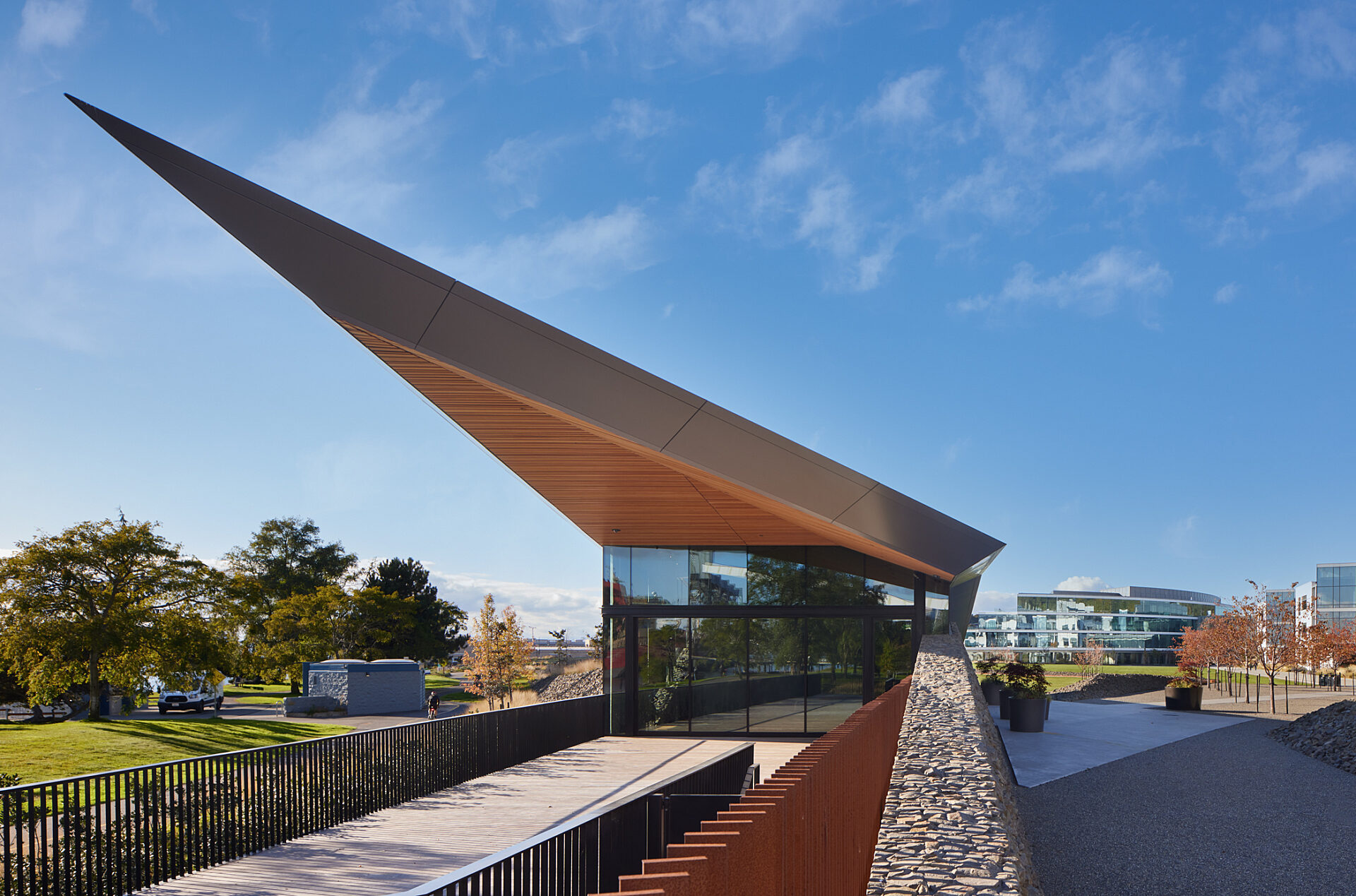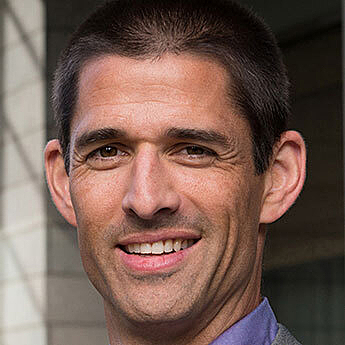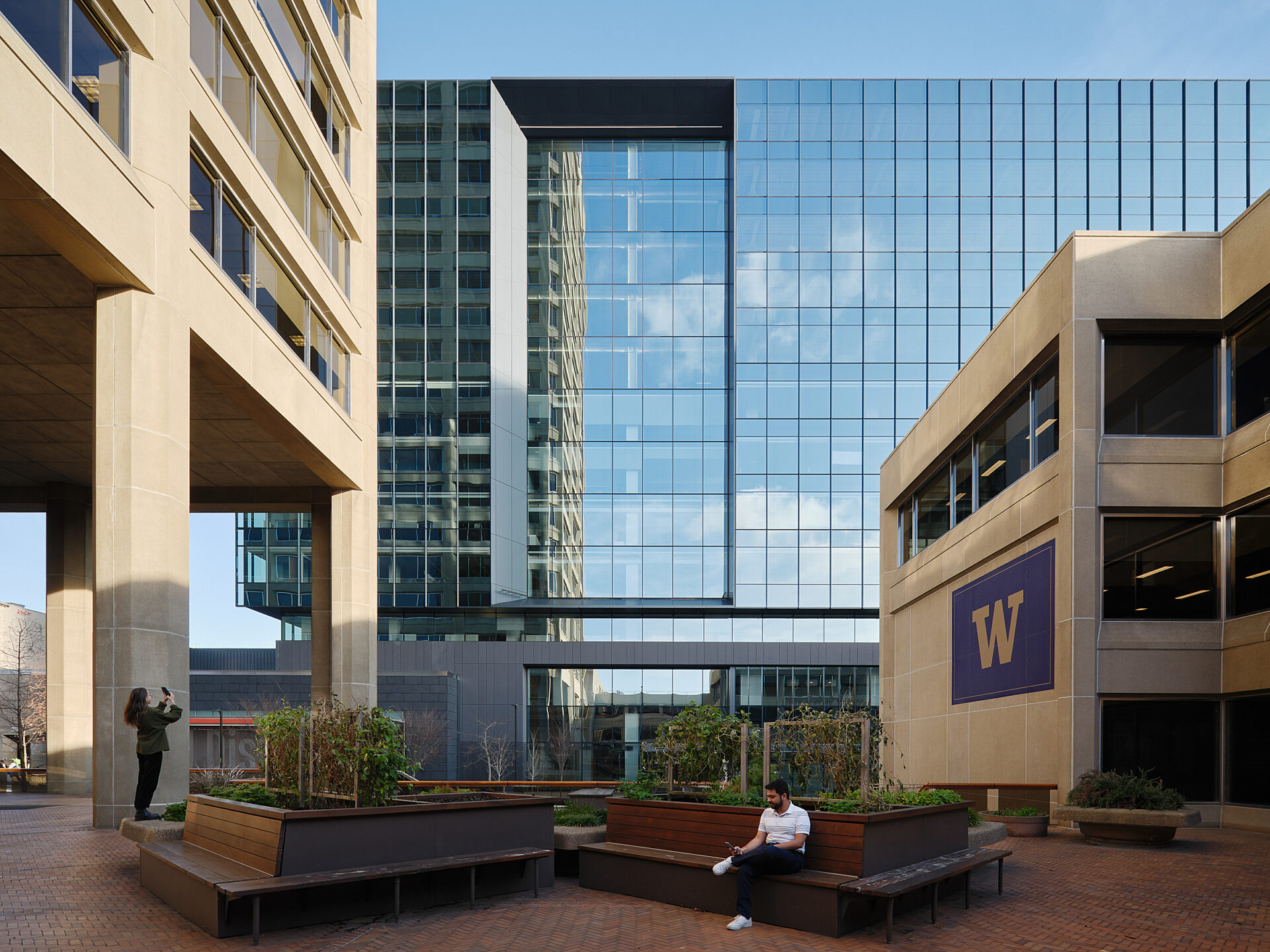A Northwest native, Bryan embodies GLY’s collaborative, community-centered approach. As a Principal of the firm and our Operations Leader, he oversees GLY’s people resources, processes, and field labor delivery, working closely with salaried and craft team members, human resources, safety, and the Tool + Equipment Yard to ensure operational excellence across the company.
In years prior, Bryan specialized in delivering projects within occupied senior living and other sensitive environments, and continues to provide strategic support to teams working in those market sectors. Today, he also leads GLY’s Sustainability Advocacy Group, helping to identify and implement strategies that reduce the firm’s operational carbon footprint.
Beyond the workplace, Bryan is deeply involved with the Washington State chapter of the Alzheimer’s Association, where he has served in a variety of board roles for over a decade. He and his family love taking advantage of the Pacific Northwest outdoors — boating in the summer and skiing in the winter.






